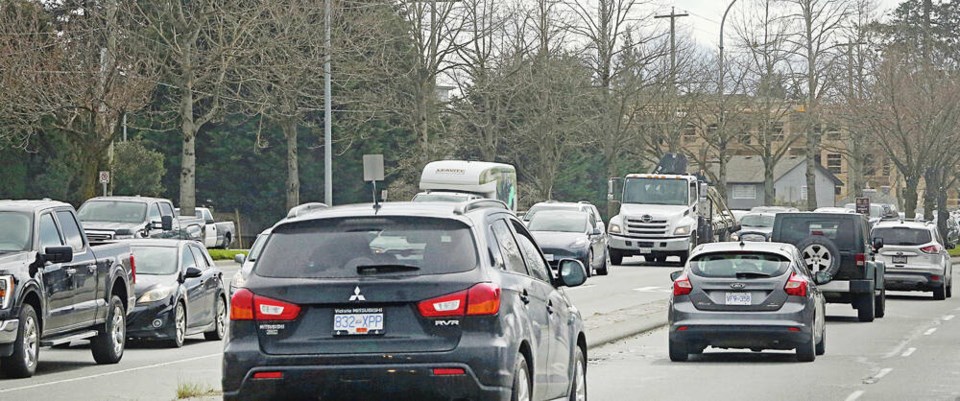Most of my advice to drivers is about being patient, slowing down a notch and fighting that instinct to “win” over the other person. Caution is the key to safe driving.
But can you be too cautious? The answer is yes.
Driving behaviour which dips below the level of being prudent can be just as dangerous as those who drive recklessly. While appropriate caution is the standard that all drivers should use, excessive hesitation in key driving moments can often lead to collisions just as surely as distracted driving or speeding.
We’ve all seen these types of drivers out there. You know, the ones who jam on the brakes to stop for a pedestrian who is 3 or 4 metres away from even reaching the crosswalk.
Hesitation takes lots of different forms.
A common sign of the overly cautious is driving too slowly. No one can be legitimately upset if you’re one or two kilometres below the speed limit especially when the weather is bad or if you’re on a quiet residential street. But 10 -15 kms below the limit on the highway in good conditions creates real danger for others.
Other drivers want and expect to do the speed limit when conditions are good. The sudden appearance of a vehicle driving way too slow can lead to rear end collisions, sudden lane changes affecting other cars or even swerving off the roadway. Of course everyone has to be aware of hazards at all times, but driving way outside of the traffic flow can still catch people off guard.
Sudden unanticipated braking is another dangerous symptom of the overly cautious. Usually this happens because a driver is lost or unfamiliar with the area. The best practice here is to pull over and let others get by you while you set your bearings.
I’ve been rear-ended 4 times in my driving life so I will often give up on making a sudden turn or lane change if I see someone following closely — especially when driving at speed.
One of the more maddening behaviours of the overly cautious is giving up the right of way.
This can happen at a four way stop when one driver decides to let everyone else clear the intersection even if it was their turn to proceed. It also happens in instances where a driver will stop at a green light to allow a vehicle to make a left turn in front of them. I saw that happen once. Problem was a car in the lane next to the green light stopper kept on going — it was a green light after all — and plowed into the left turning vehicle.
The overly cautious are also the ones who will only turn left at an intersection with an advanced arrow flashing. There might not be any approaching traffic on the solid green, but they still won’t turn, waiting again through the red light cycle until the green flashing arrow comes on again for them.
I frequently see people driving vehicles which are unsuitable for them, usually a smaller person driving a car which is way too big for them to be comfortable — and safe. The result is extreme caution and frustration for those around them. At some point, it’s OK to trade in the Buick Roadmaster or the Ford Crown Victoria for a smaller, more suitable ride.
This seems to be a particular problem for the elderly who have also reached the physical inability to perceive the actual dimensions of the car they’re driving and cognitively aren’t as good as they used to be behind the wheel. Turn signals being left on, block after block, wide swinging turns and bumping into or over the curb are hallmarks of people in this category.
Police car paranoia is another symptom of being overly cautious. Unless you’re doing 75 in a 30 zone, a prohibited driver or have some warrants for your arrest, just because a black and white is cruising nearby doesn’t mean you need to jam on the brakes or swerve into the slow lane.
Younger drivers, who lack experience, can fall into this category. Making that merge onto a fast flowing freeway can be a psychological mountain until you have a few years under your belt. The best bet here is to avoid challenging trips and road conditions until you gain confidence — or at least travel with an experienced driver who can offer some guidance in new situations.
If you feel you’re not gaining, or even maybe losing confidence as a driver, the best thing to do is enrol in lessons from a professional driving instruction school. They’re not there just for learners.
A few brush-ups and you might regain that confidence you need to keep yourself and others safe on the road.



